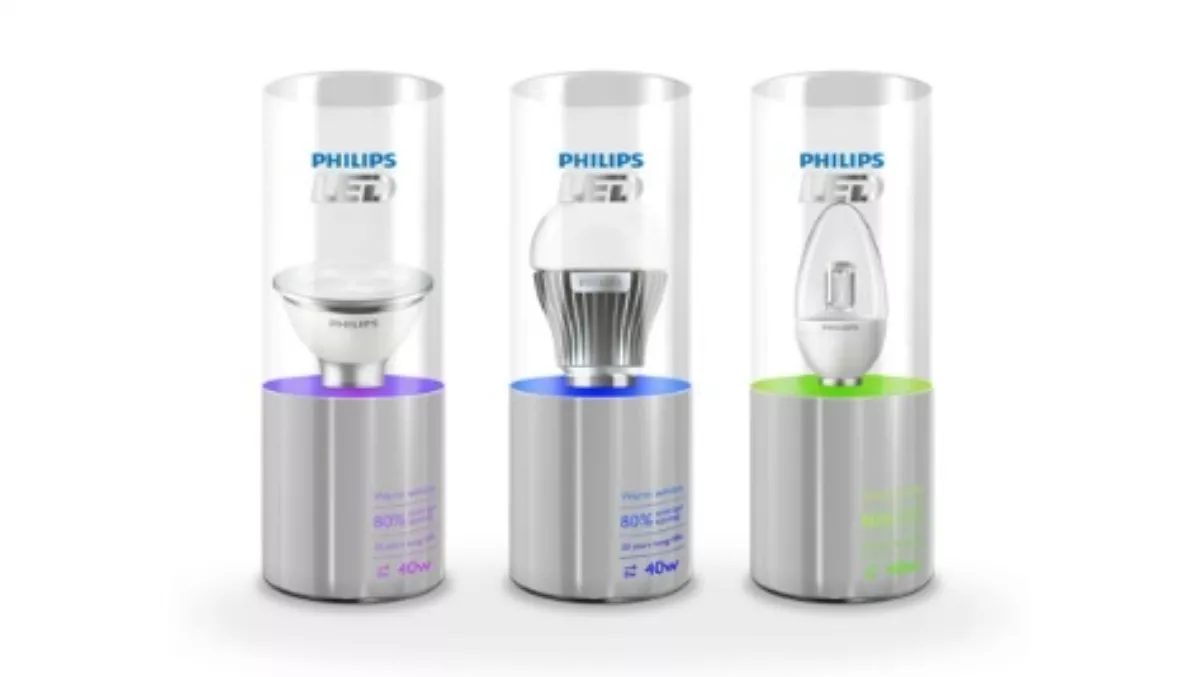
Have Philips cracked LED lighting?
If there’s one thing most of us are likely to agree on regardless of political or sporting views it’s this: electricity can be crazily expensive in New Zealand.
I could rant about the ins and outs of this for ages, but doing so won’t change anything.
There’s of course a simple solution to this - use less electricity. This is easier said than done. One of the more practical ways of doing this is with lighting.
Spare a thought for the humble incandescent light bulb. They've not changed much since the mid-1800s when a Brit named Frederick DeMoleyns patented the first light bulb. While they generate that natural warm light we all take for granted, they’ve one or two shortcomings too.
For a start, a lot of the energy used by an incandescent bulb ends up as heat rather than light and as such is wasted, even though you’re still paying for the privilege. Multiply that across the number of light bulbs throughout your home and the dollars can quickly mount up.
Another major shortcoming is lifespan. On average an incandescent bulb will burn for a mere 1,000 hours before they're DOA. There is an exceptions to this. The world's longest burning incandescent light bulb is the Centennial Light. It’s based in Livermore, California and the local Fire Department takes care of it. It has been blazing away for an amazing 110 years.
Both these shortcomings were solved a while back thanks to LED technology. Until now the not-so-good news has been that LED bulbs cost a bomb and were nowhere near as bright as their incandescent counterparts. Philips appear to have cracked this with an affordable LED light bulb whose output is all but indistinguishable from an incandescent bulb.
The really amazing thing is that these new LED bulbs only consume 14 watts of energy yet crank out a similar amount of light to a 100 watt incandescent bulb. For the light bulb train-spotter types that translates into about 1400 lumens which isn't much less than the 1800 lumens of a 100 watt incandescent bulb.
An LED light bulb also looks pretty much the same as an incandescent bulb. They'll fit into standard light fittings. Philips also estimates that they’ll also provide a wallet pleasing 80% energy saving.
The other big win is their average lifetime which is up to 15,000 hours. This means that you not have to hand over less money to electricity companies, but you’ll also be buying fewer replacements too.
Unlike energy efficient bulbs LED lights also don’t have mercury in them which makes them less of a hazard for landfill.
Philips are selling 14W LED light bulb at PAK’nSAVE, New World, Countdown, Mitre 10 and Bunnings Stores.
They cost a little more than an old school bulbs ($24.95 including Government Stupidity Tax). Given their low cost to run and long life expectancy, they're still a complete no-brainer.

